A17 Pro has got me hyped for M3 MacBooks — 3 reasons why
A17 Pro is sprinting so that M3 can take flight.
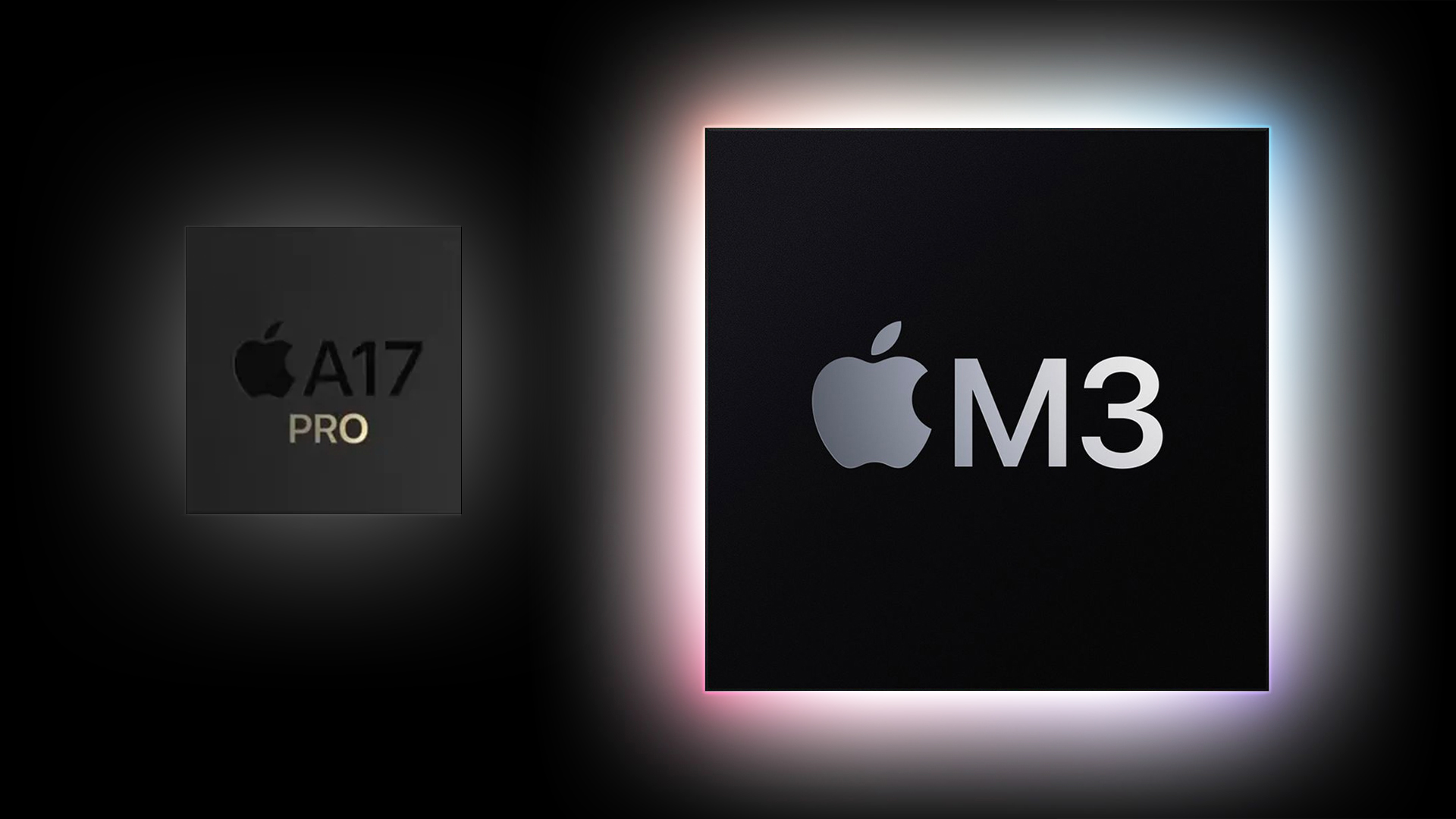
The iPhone 15 Pro introduced us to A17 Pro, but I’m a lot more excited about what that means for M3, M3 Pro, and M3 Max. Why do I say that? Well, it comes down to looking at what this smartphone chip is capable of, and pondering what this same technology could be capable of in the more powerful realms of a laptop.
Because we already know M3 is going to share the same 3 nanometer process as A17 Pro, and Apple silicon is consistent in its architecture (a CPU, GPU, Neural Engine, and a Media Engine). But all of these will be beefed up with more space to fill, and the possibilities this affords Apple could be, quite frankly, staggering.
1. 3 nanometer dreams
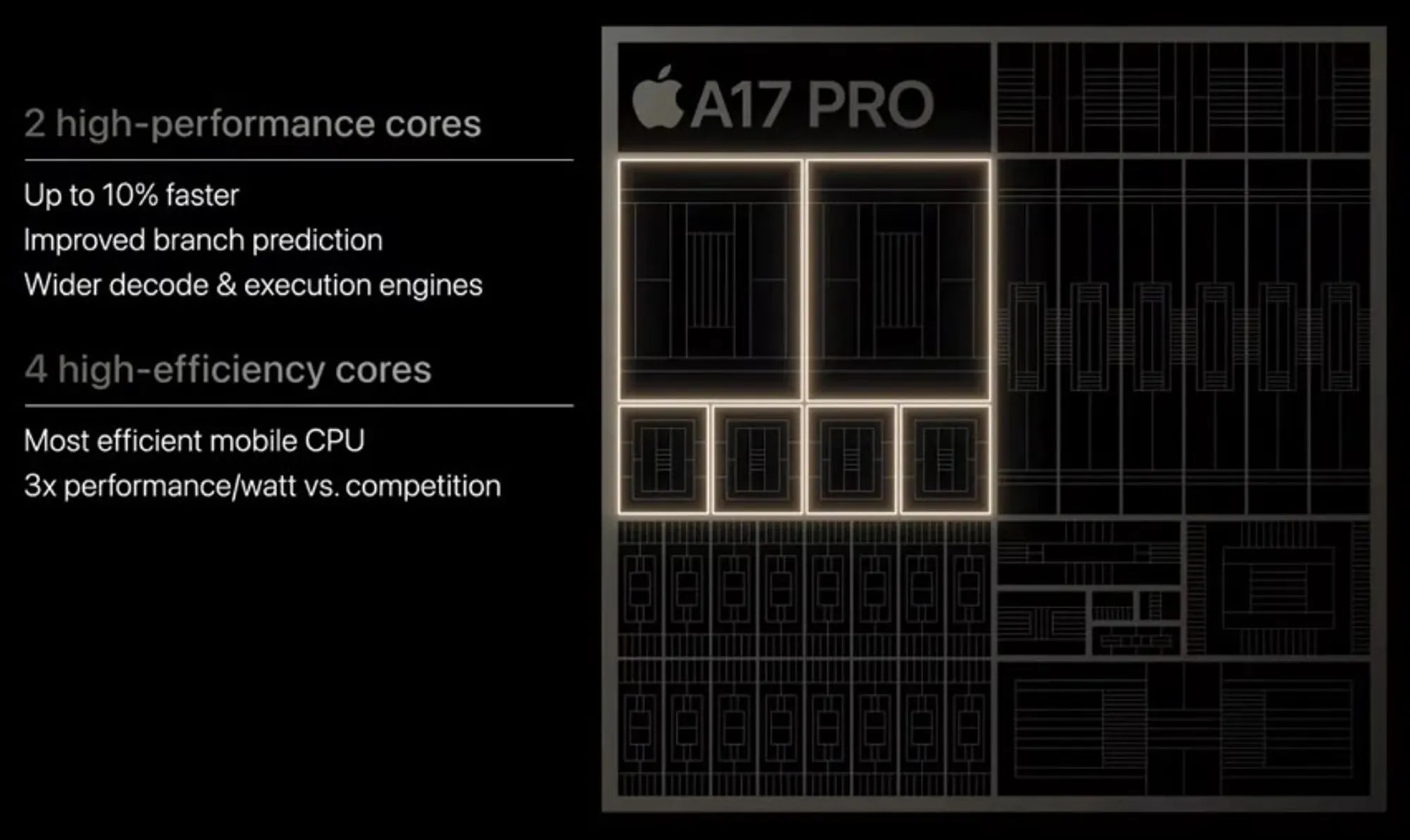
This is the first ever chip built using a 3 nanometer process. In its simplest definition, that means every node is the smallest it's ever been, which means the number of transistors you can put on a chip can be increased — bringing performance and efficiency leaps.
While Apple was quick to describe these gains in the vague fashion that the Cupertino chums are known for, we are getting a clearer picture of what these leaps look like. In fact, keen-eyed Geekbench observers have found leaked A17 Pro test results that show single core performance comparable to the M1 chip. Not only that, but our sister site Tom’s Hardware has spotted that it comes within 10% of Intel’s i9-13900 K and AMD’s 7950X in the same category.
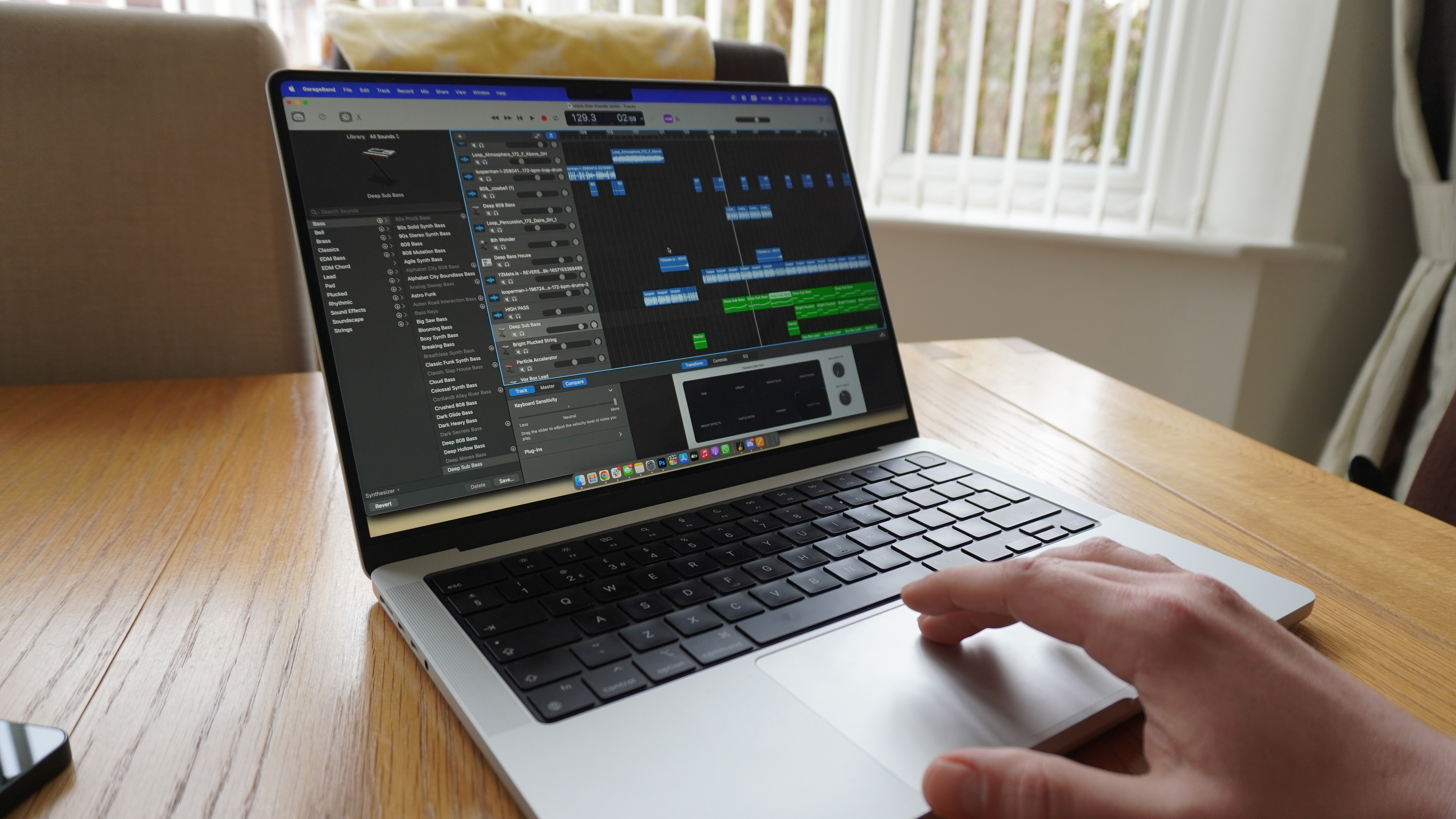
I thought Apple’s speech about it challenging desktop-class CPUs was bluster, and it is when you talk about multi-core performance (put simply, the TDP is going to be far less for a phone than it is for a desktop CPU). But for this metric alone, I’m starting to think the company may be onto something.
So, now I want you to imagine something. Given what the smartphone 3nm chipset is capable of power wise, imagine what this same tech could do with a higher wattage in a laptop… The possibilities are very exciting.
2. Wait… Is Apple caring about gaming?
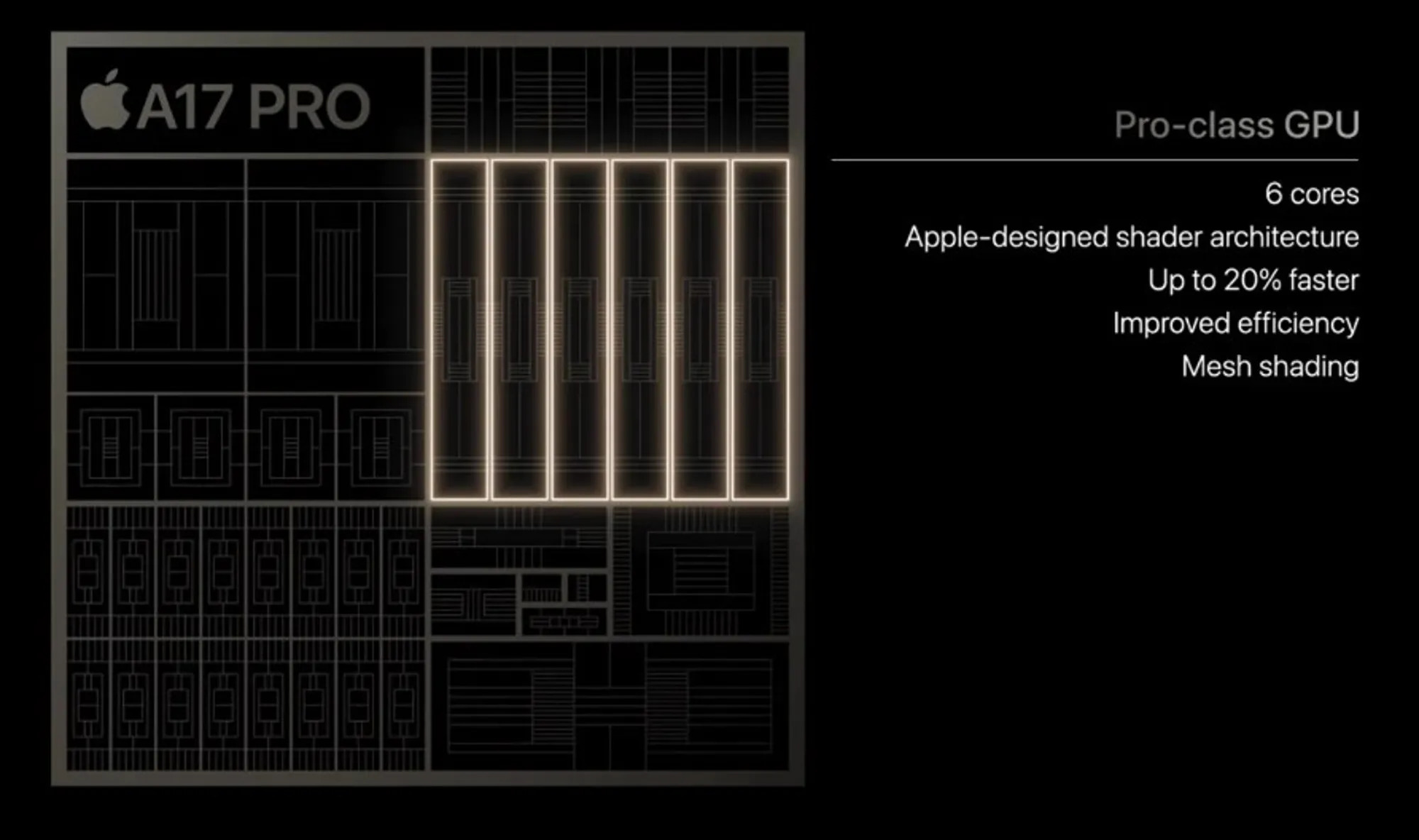
My frustration at Apple’s relationship with gaming is well documented, from me asking the company to let my expensive MacBook Pro play games (so I didn’t have to carry around an additional device) to 12 months passing and nothing being changed.
Sign up to receive The Snapshot, a free special dispatch from Laptop Mag, in your inbox.
But if the Game Porting Toolkit in macOS Sonoma was an omen for better things, the A17 Pro opens the door to a ton of possibilities. Looking at the tech inside, this 6-core GPU is up to 20% faster than A16 Bionic, has an improved shader architecture, and bumps up the rendering efficiency.
One key thing it does unlock is hardware-accelerated ray tracing, which is huge for smartphone gaming. In fact, Apple has doubled down and announced that Assassin’s Creed Mirage, Resident Evil Village, Resident Evil 4 remake, and Death Stranding are all coming to iPhone 15 Pro over the next few months.

Sure, there will be workarounds and compromises to make these work, such as downgrading the resolution for a smaller display, and Apple’s DLSS-esque MetalFX Upscaling. But these tricks are common in all forms of gaming, and are sure to put Apple on the right path to gaming prowess.
We can assume that graphics performance will take another leap with M3, as the number of cores and TGP will of course vastly increase. We’re even hearing of a 40-core GPU coming to the M3 Max. Pair these big graphical boosts with Apple’s renewed commitment to gaming (provided developers jump on board), and there are some incredibly tempting possibilities on the horizon.
3. The neural engine gets more… Neurally?
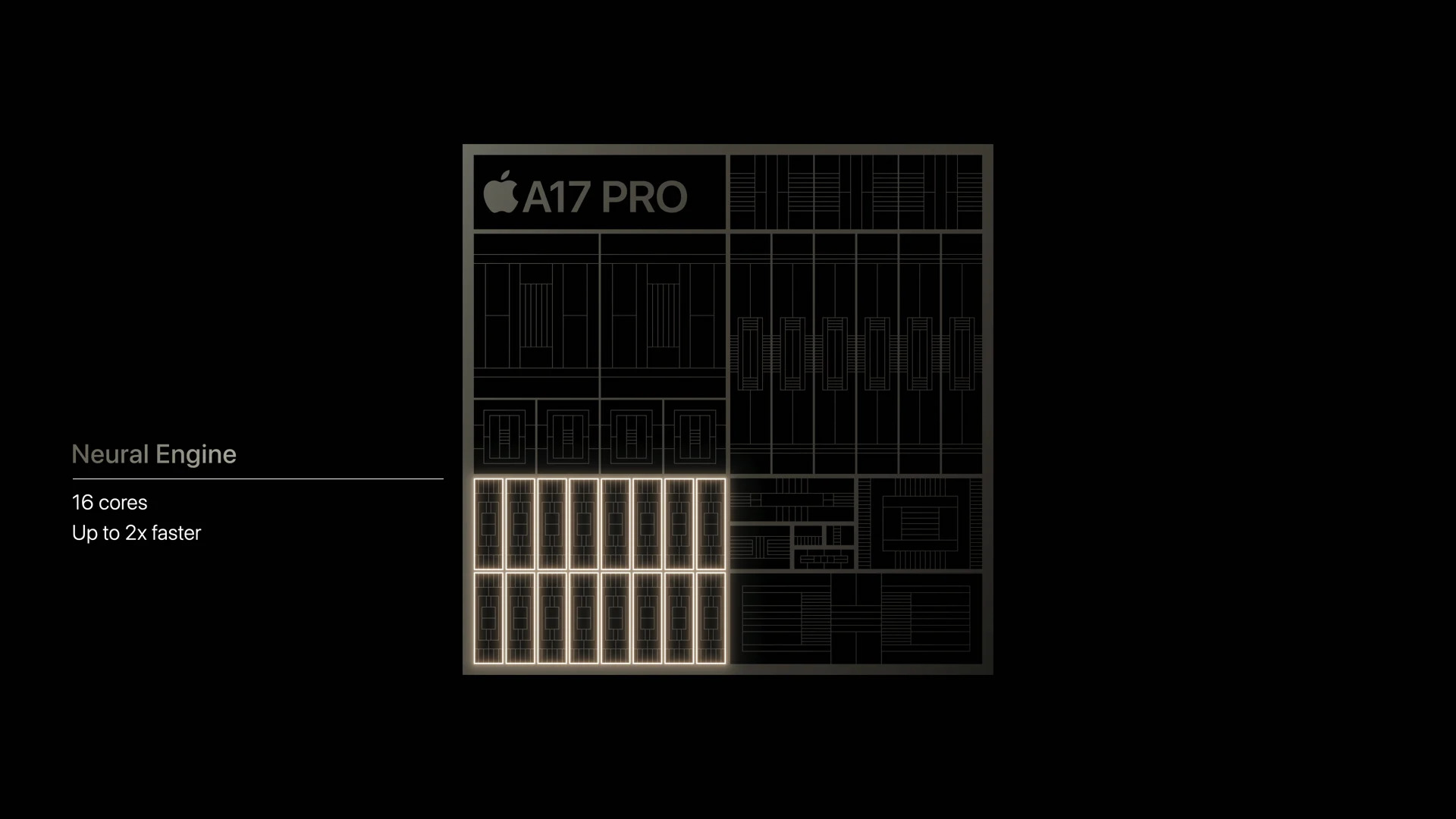
The neural engine is a set of specialized cores on the chipset that serve the sole purpose of running machine learning (ML) and artificial intelligence (AI) tasks. This is to accelerate them far beyond anything the CPU or GPU is capable of doing, while doing so in a more power efficient way.
The 16-core Neural Engine in the A17 Pro is capable of 35 trillion operations per second. For context, that is a huge increase over the 17 trillion operations that the A16 Bionic could pull off.
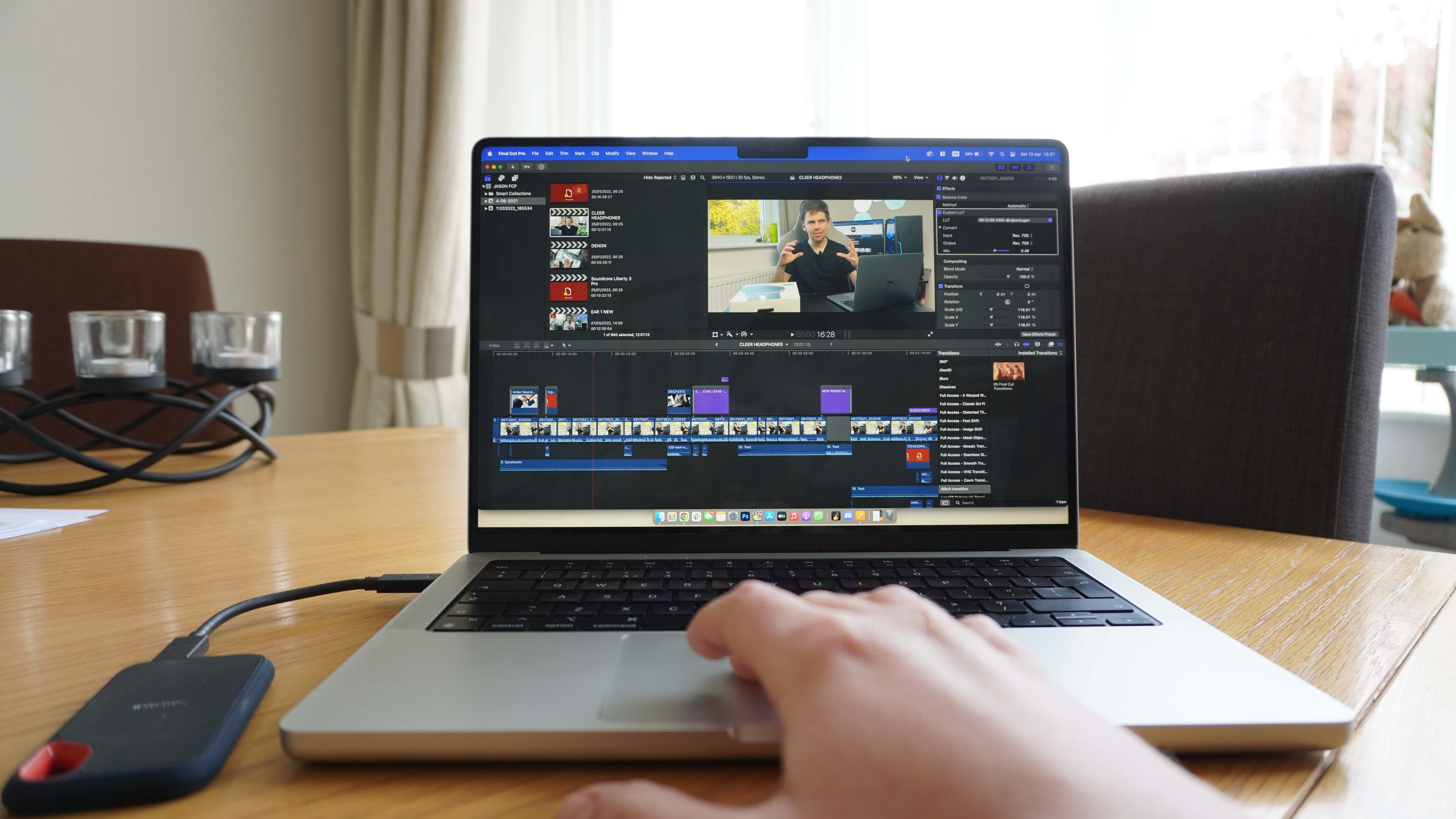
In fact, that is nearly double the 15.8 trillion operations per second that the M2 Pro and M2 Max are capable of. Yes, this is a bit of a mismatch, given the operations will be more power-intensive on a laptop compared to a smartphone, but it just gives you a glimpse of how much more performance Apple is seemingly able to squeeze out of its Neural Engine in the 3nm era.
This potential whets the appetite for sure, as we see more ML and AI-driven functionality in creative pro apps that the M3 could eat for breakfast without breaking a sweat.
Outlook
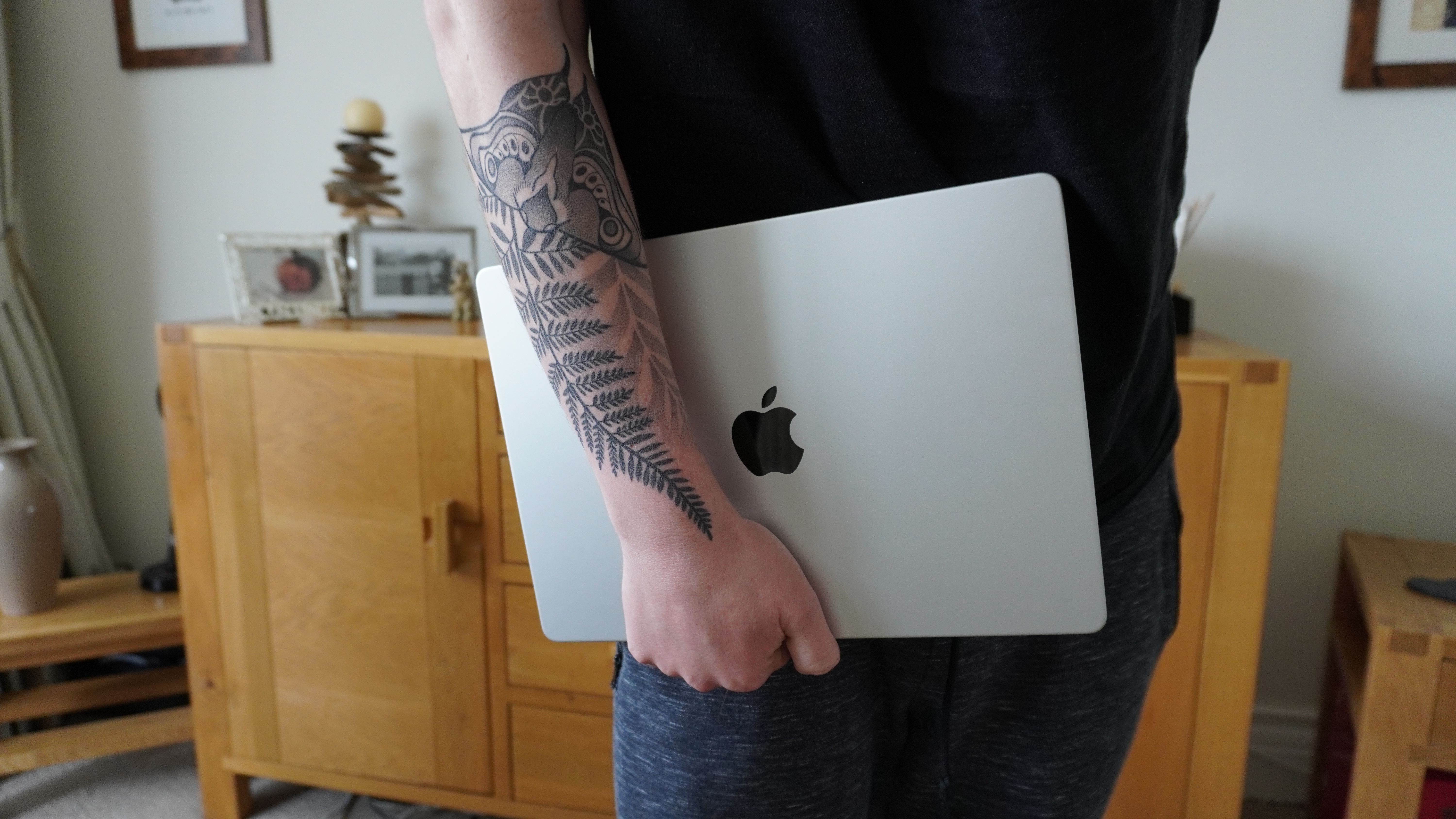
So, let’s be real here. The A17 Pro makes for an impressive step forward for iPhone 15 Pro and Pro Max, but I feel the real benefits of 3nm chipsets are set to be revealed with M3.
With the gains being big around CPU performance, GPU speeds, and the Neural Engine bringing some serious heat, just imagine what that would look like out of the power-limited constraints of a smartphone, and with more free reign in a MacBook.
That’s what gets me excited. Not just because of the place I work, but for the fact that we are going to see some true generational leaps in the Air and Pro models.

Jason brought a decade of tech and gaming journalism experience to his role as a writer at Laptop Mag, and he is now the Managing Editor of Computing at Tom's Guide. He takes a particular interest in writing articles and creating videos about laptops, headphones and games. He has previously written for Kotaku, Stuff and BBC Science Focus. In his spare time, you'll find Jason looking for good dogs to pet or thinking about eating pizza if he isn't already.
